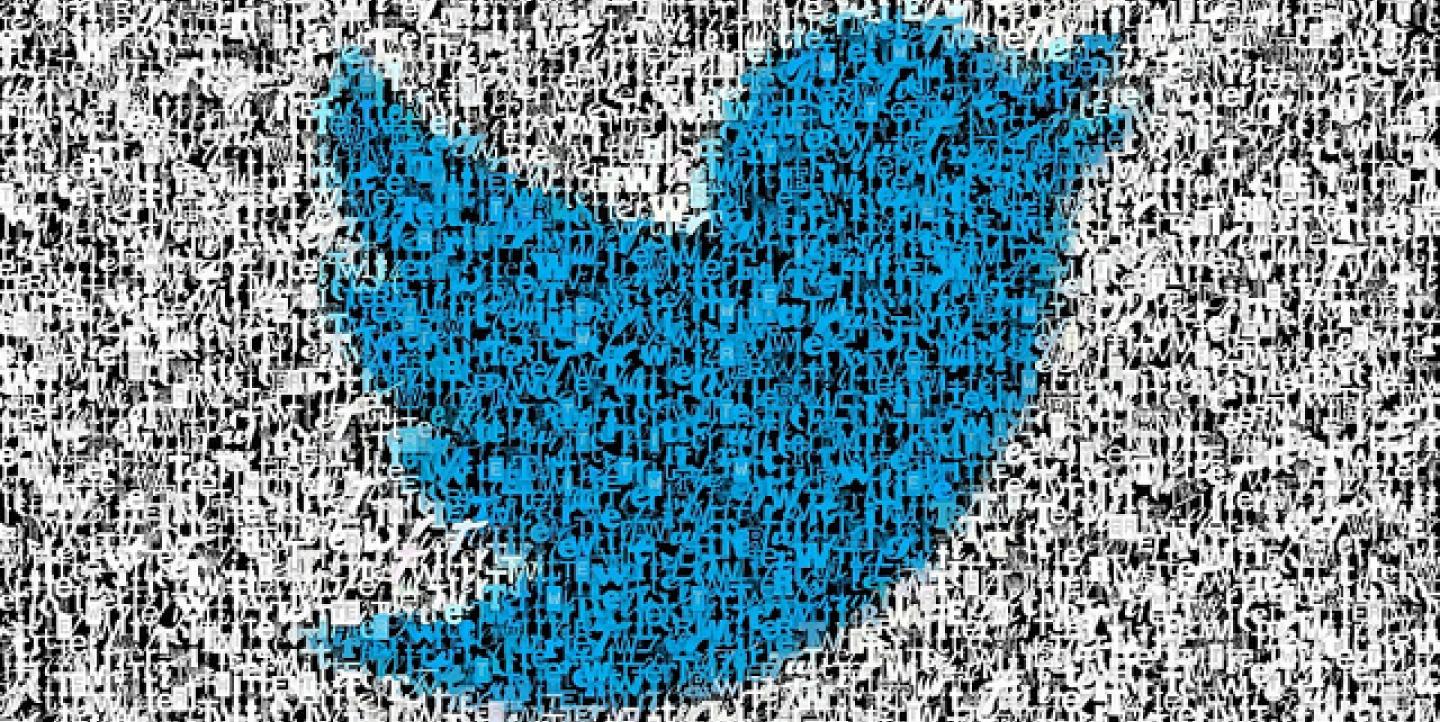With 1 billion new tweets generated every two days, the platform has become a key tool in the news industry -- for journalists to seek out trends and happenings, report in real-time, as well as circulate information, articles and multimedia. Four out of five journalists now utilize Twitter to source news, and three out of four world leaders have accounts, according to Twitter’s estimates.
Twitter's Manager of News Partnerships Niketa Patel responded to this high level of traction by offering advice for using Twitter to the fullest in a recent Muck Rack webinar.
More than other social media tools, Twitter, in her mind, stands out because it’s live, public and conversational. Taking advantage of all three qualities is one sure-fire path to success -- and a high follower count.
Here are three other key areas Patel hit upon:
Several new Twitter features can round out coverage.
Polls are a newer addition, and something anyone can use. Polls can be created via Twitter’s app or desktop to bring some interactivity to a topic. CBS This Morning used the feature in the lead-up to national presidential debates, asking users to weigh in on who will perform best. Even Hillary Clinton’s campaign has employed polls. Rather than waiting for a news agency to release official polling numbers about where she stands, it’s a real-time way to pose a question, either silly or helpful, and then release it to the world.
The new Moments feature curates timely tweets and multimedia around a certain topic. Patel says to access it, simply click on the lightning bolt at the top of your homepage. Twitter currently has a curation team in New York that seeks this content out, packages them and makes them discoverable with a headline and description. The curation team is working with a small number of organizations like NASA, Mashable and Getty, whose images they showcased along with tweets around the refugee crisis.
Video, a big Twitter emphasis as of late, is a strong way to gain attention to posts. Just know the right video tool for what you’re planning to do.
There are three primary means to post video via Twitter.
Periscope is a livestreaming app that lets the audience share in the broadcaster's experience in real time. News organizations are using Periscope to broadcast from the scene of a riot or crime, especially as more action unfolds, or to provide a tour of an intriguing sight.
Patel describes Periscope as one of the more intimate ways to showcase material, so an introduction complete with your name, news organization and any context goes a long way. Decide whether to make the format first-person, so it’s all through your eyes, or to turn it into an interview format, including a source in the footage. Periscope also is best when Wi-Fi in that geographic area is solid, so that the feed doesn’t cut out or appear spotty. BILD’s Paul Ronzheimer, BBC’s Ros Atkins and AJ+ offer good examples of Periscope’s use in the newsroom.
Vines are short, looping videos that are becoming increasingly popular. At present 1.5 billion Vine loops are viewed daily. This is a better feature for a more light-hearted subject or to capture a single moment or image, as opposed to trailing an ongoing story on Periscope. You can check out great uses of Vine in news with Jim Dalrymple, CNN Politics, Now This, Fusion and BBC.
And, probably least known, Twitter has acquired Snappy TV. The service lets users take prerecorded video and then cut and share it in real-time. Think Final Cut Pro but more immediate and usable via Twitter’s mobile app. Patel’s main tip is to only use video that belongs to you or your news organization.
Freelancers, as a separate class of media pros, can use Twitter to enhance their careers.
Patel suggests that freelancers follow all the key people in their beat or specialty area, use the network to find out about events, and devote energy to tweeting out each freelance story and packaging it well. “The better you can promote your own content the more views you’ll get,” she says. And media companies might not do it for you.
Patel recommends turning a Twitter homepage into another calling card or portfolio to showcase work and be easily reachable. “An email address in your bio goes a long way to getting hired as a result of a good clip,” she says. And consider opening up your direct messages for a certain time to offer up one more contact path.
Image CC-licensed on Flickr via Esther Vargas

